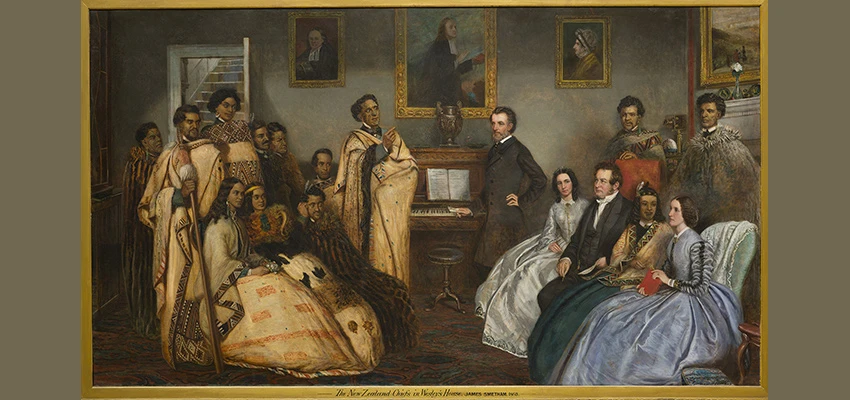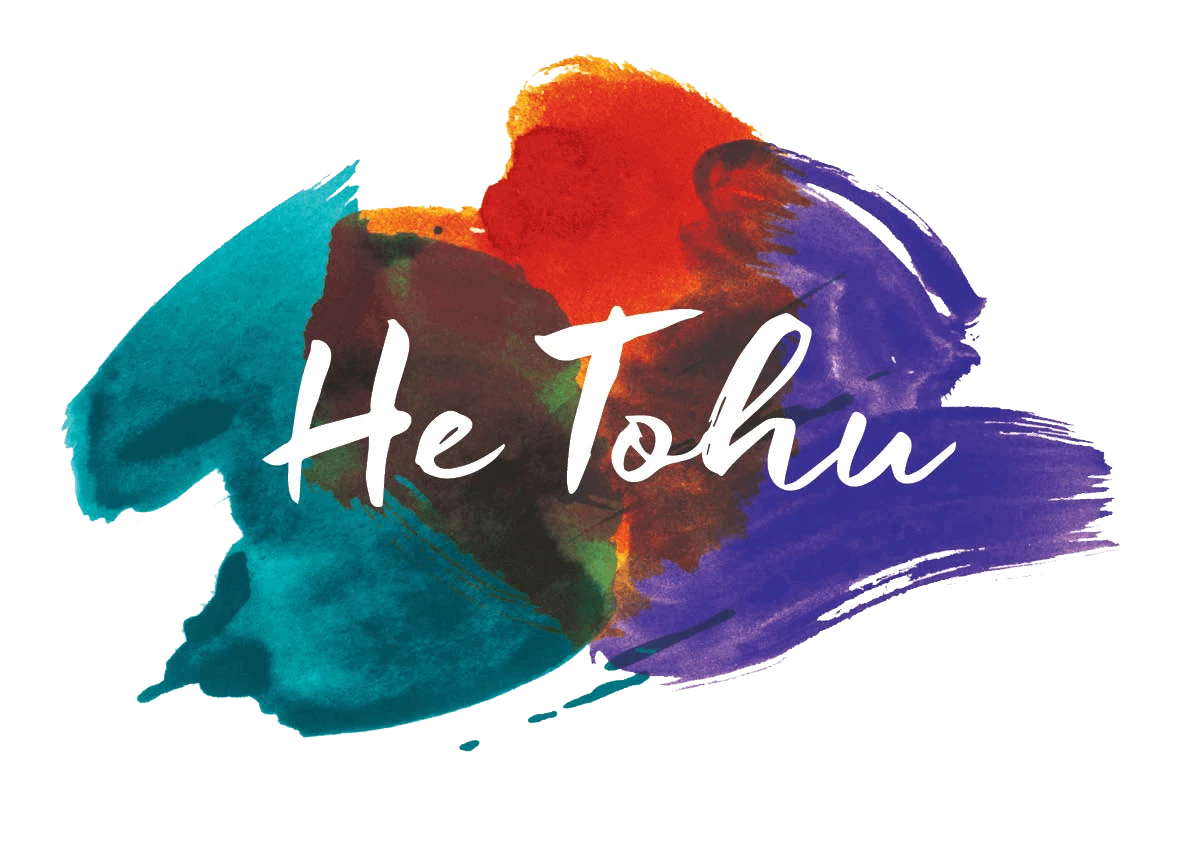Iwi Inc — early Māori enterprise

'The New Zealand Chiefs in Wesley’s House', 1863 by James Smetham. Acc: 13,395 Hocken Collections — Uare o Taoka Hākena. All rights reserved.
Examine the business practices that propelled Māori chiefs and their tribes onto the world stage in a way that few other indigenous societies of the time were able to do. How did He Whakaputanga arise from this period of change?
Key details
Suitable for: Years 7 to 13
Learning areas: Social sciences (including history, economics), English
Duration: 2 hours
Cost: Free
Available: All year
Founding document: He Whakaputanga — Declaration of Independence
He Tohu themes: The documents, people, place, living together, our future
What ākonga will learn
Ākonga (students) will learn:
stories of first encounters between Māori and Pākehā explorers, traders, and settlers
the extent to which Māori adapted or changed their practices as a result of these encounters
the economic profiles of Māori and Pākehā at that time — how they compare and what they look like today.
What ākonga will do
Use critical thinking to:
examine case studies of specific Waitangi Tribunal report summaries
reflect upon the economic journey of Māori iwi and hapū
participate and contribute to debate and discussion about the impact of this period in history on the socio-economic climate of Aotearoa New Zealand in 2020 and beyond.
Book this programme or find out more
Email the Senior Education Specialist, He Tohu Tāmaki at servicestoschools@dia.govt.nz.
